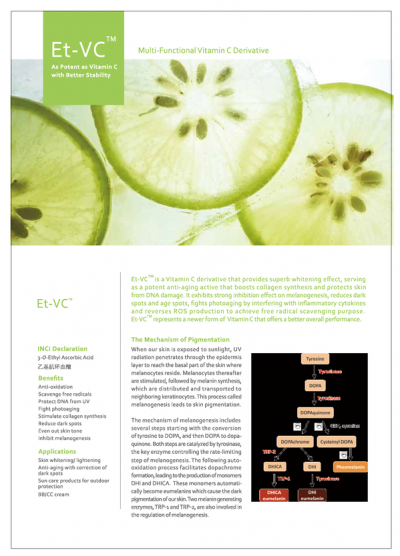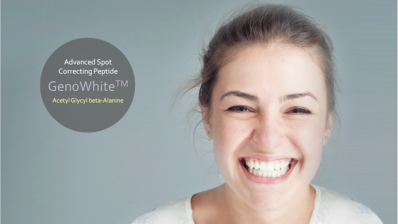Promotional Features
Epi-On: Satisfying male skin needs
The presence of testosterone contributes to the skin differences between males and females. Men have more testosterone in their bodies which leads them to have more active sebaceous glands in the skin and produce sebum more than twice as much as women. As a result, men are more likely to have enlarged pores, acne, and oily skin. When people wear a mask daily during the COVID-19 pandemic period, breathing into a mask creates a warm and moist environment for an overgrowth of P.acnes which aggravates sebum production and causes acne breakouts or so called “maskne”.
Acne is not the only common skin complaint among men. After-shaving is also an annoying problem that men need to tackle. For men, shaving is a fast way to remove undesired hair and maintain a good clean look, but it is also notorious for leavinge discomforted, inflamed, and irritated skin. The damaged and weakened skin barrier can be deteriorated if we leave the skin unhealed and unprotected under the harmful stimuli environment such as UV radiation and air pollutants for a long time.
To provide an immediate soothing remedy for these skin problems, CORUM has developed the new patented active ingredient Epi-On (INCI: Azelamidopropyl dimethyl amine (and) water (and) butylene glycol) for people who have suffered from these skin problems. Epi-On is designed to regulate sebum production, reduce acne formation, soothe heated and irritated skin, as well as accelerate the skin repairing process. Its functions and abilities have been identified through research and clinical trials.
Epi-On prevents acnes
Oily and acne-prone skin tends to have a high proportion of P. acnes which produces free fatty acids within the sebaceous gland and leads to skin inflammation. The in-vitro studies have shown that Epi-On effectively inhibits P. acnes growth within 24 hours and reduces inflammatory cytokines. In addition, excessive secretion of sebum controlled by DHT (male androgen hormones) can lead to clogged pores and acne on the skin. Epi-On is able to downregulate DHT by inhibiting the enzyme 5-α reductase in a dose-dependent manner. A clinical study confirmed that Epi-On reduces acne by using a VISIA imaging system to analyze the level of porphyrins produced by P. acnes. Fewer porphyrins on the face indicate less bacterial activity, thus less pimples or inflammatory lesions. In the clinical trial, a serum containing 4% Epi-On was applied twice a day to the subjects who had non-inflamed and inflamed lesions on their face. After 28 days, the number of porphyrins and the total area of porphyrins decreased 19.4% and 17.5%, respectively.
The results suggest that Epi-On reduces sebum production, inhibits P. acnes proliferation, and prevents acnes formation to get rid of acne prone skin.
Epi-On has repairing efficacy
Next-generation sequence (NGS), also known as an advanced gene sequencing technology, can simultaneously read the human genome at multiple points. NGS plays a major role in advancing investigative dermatology and provides novel insights into the molecular basis of pivotal aspects of skin biology (1). NGS provides reliable results within a short period of time. From NGS analysis, we identified the genes associated with skin repairing and found Epi-On can recover and reinforce the gene expression encoding growth factors and also downregulate inflammation related gene expression after UVB insult.
Accelerating tissue regeneration through epigenetics
Epigenetic modification is an important mechanism that influences the transcription and translation of genes to proteins without altering the primary DNA sequence. One of the common epigenetic modifications is histone modification which is controlled by two histone modifying enzymes, histone acetyltransferases (HAT) and histone deacetylases (HDAC) that catalyze the addition or removal of covalent modifications in histone proteins (2). Epi-On acts as an epigenetic regulator that downregulates HDAC activity to accelerate skin repair and upregulates acetylation of histone 4 lysine 16 (H4K16ac) to increase protein production, leading to cell proliferation and differentiation.
Soothing and calming damaged skin after laser treatment
Two clinical studies were conducted to test the immediate soothing and repairing ability of Epi-On after laser insult. The subjects received the laser treatments on the inner side of their forearms, then applied placebo, 2% and 4% recovery gel immediately on different areas right after the treatments. Skin analysis was performed by measuring the erythema color index of each area. The results show that their averaged erythema color reduced 16% and 20% with Epi On recovery gel respectively 120 minutes after laser treatments.
Another clinical study was performed on subjects with sensitive skin type or normal skin type. They received 2% Epi-On recovery gel immediately after the laser treatment and applied once daily for a period of 5 days. The recovery gel reduced the average percentage of erythema color. Furthermore, one of the subjects with sensitive skin reduced 55% and 88% of redness on day 2 and day 5 after the laser treatment; the placebo result showed 11% of erythema color increased after 2 days, relatively suggesting that the active ingredient is suitable for sensitive skin as an immediate soothing care.
For more information, please browse Corum website: www.corum.com.tw
Reference:
- Sarig O, Sprecher E (2017). The Molecular Revolution in Cutaneous Biology: Era of Next-Generation Sequencing. J Invest Dermatol 137(2017):79-82
- Gibney, E. R. & Nolan, C. M. (2010). Epigenetics and gene expression. Heredity, 105(1), 4–13.








